10 conclusions from Paris-Roubaix
Wiggins, Kristoff, Degenkolb and more
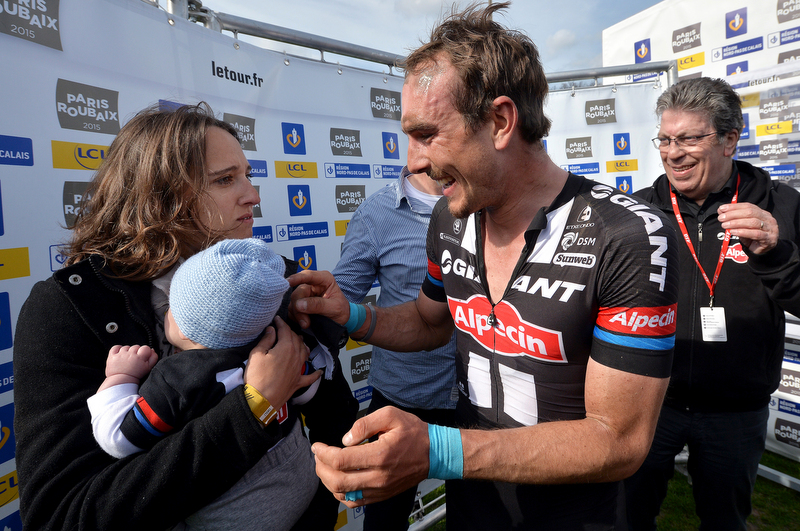
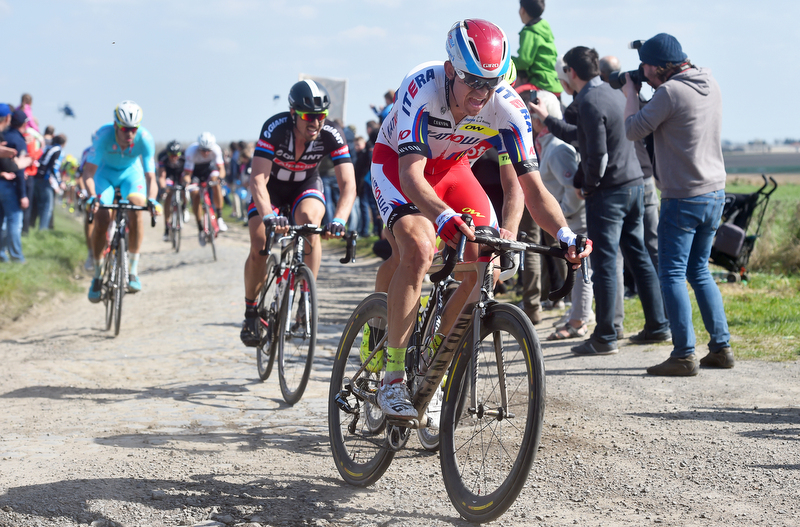
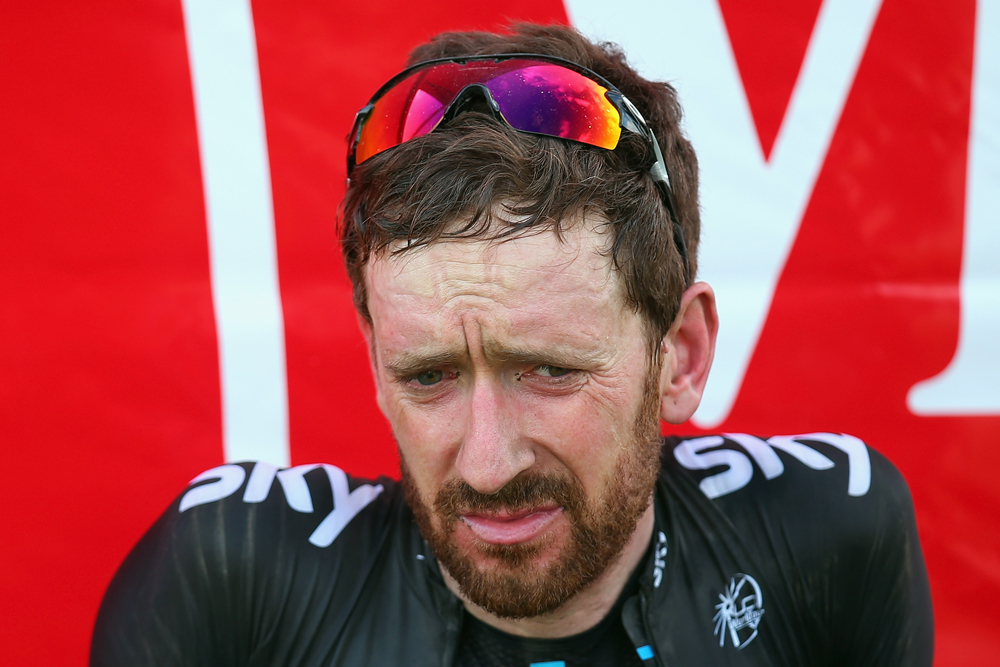
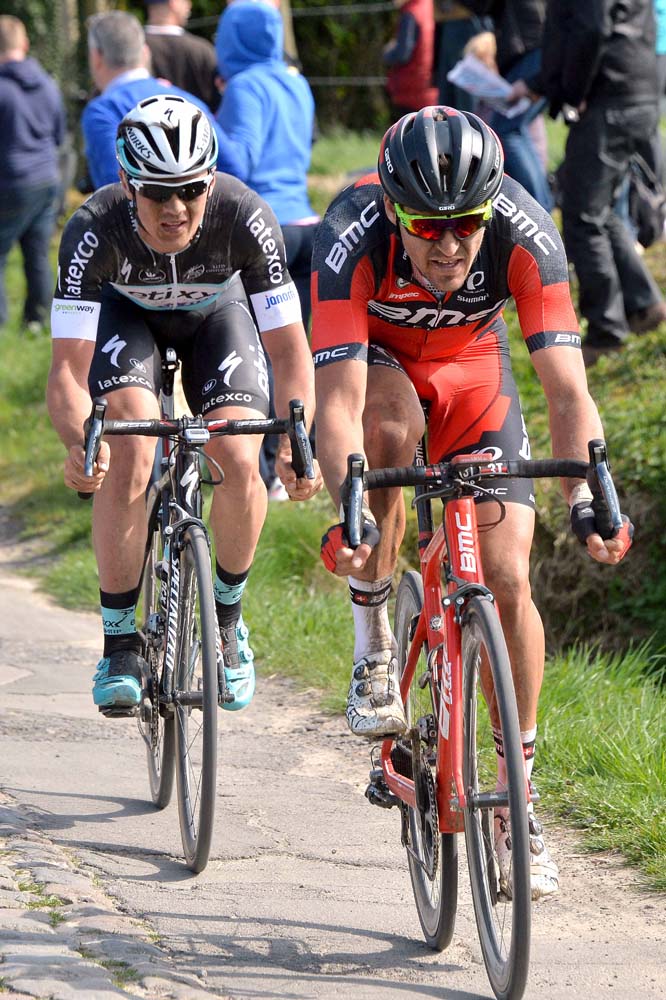
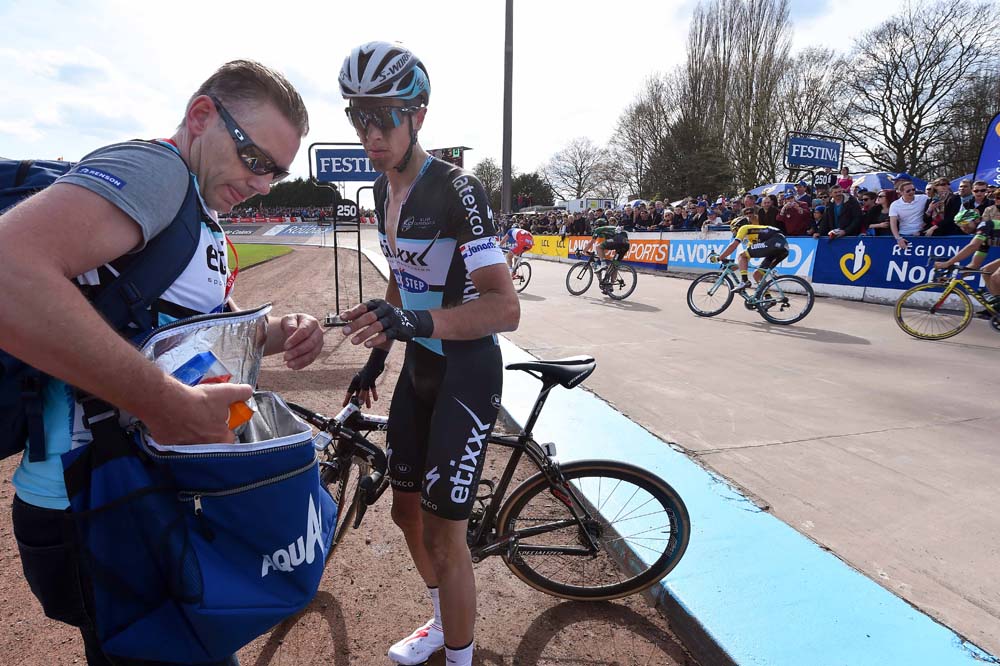
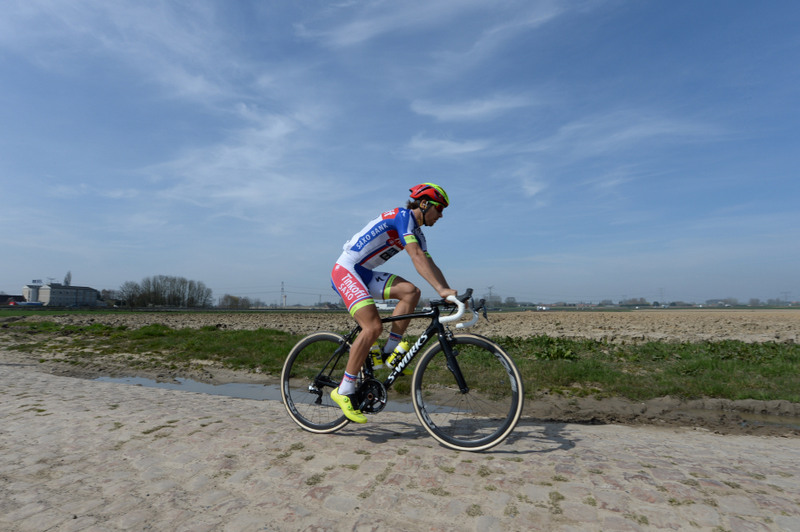
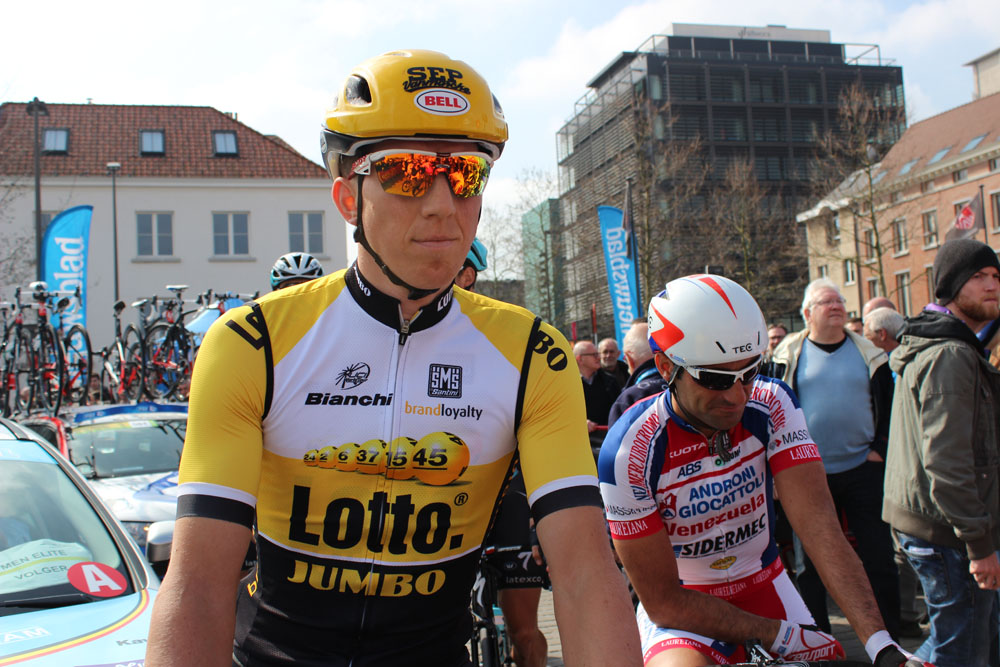
Degenkolb and Kristoff the new Boonen and Cancellara?
Tom Boonen and Fabian Cancellara both plan to be back in 2016 at the very least, but this spring has offered a decent indication of how the Classics landscape might look when they eventually do hang up their wheels. Two years ago, the general assumption was that the Boonen-Cancellara void would be filled by an era of domination from Peter Sagan, but the Slovak has found himself outstripped by some near contemporaries in the intervening period, namely Alexander Kristoff and John Degenkolb.
While this year’s Tour of Flanders and Paris-Roubaix were clearly very different races without Boonen and Cancellara on hand, it is testament to the quality of Kristoff and Degenkolb’s performances that there wasn’t a murmur of dissent about the worthiness of their wins, despite the absence of the Big Two.
The Boonen-Cancellara rivalry was defined in large part by their different styles, Boonen’s finesse and speed against Cancellara’s raw strength. Degenkolb and Kristoff, on the other hand, are markedly similar riders; both fine sprinters but blessed with sufficient strength and gumption to go on the offensive when the situation requires. As a consequence, Degenkolb and Kristoff could well have more direct confrontations in the finale of major classics than Boonen and Cancellara ever did.
But let’s not get ahead of ourselves: one spring does not an era make. Kristoff and Degenkolb were on a level above this month but there is no shortage of talented 20-something classics specialists. Despite lacking the exuberance of 2013, Sagan still finished 4th at Milan-San Remo and the Tour of Flanders. Sep Vanmarcke had a disastrous Ronde but at 26 has ample time to make amends, while youngsters Tiesj Benoot and Yves Lampaert more than highlighted their potential. And Boonen and Cancellara, of course, have not gone away just yet. (BR)
It was clear even before the dust settled on Sunday that there would be no fairy-tale ending for Bradley Wiggins at Paris-Roubaix. Aside from a daring attack inside the final 35 kilometers, the former Tour de France winner was forced to play a cameo role while Degenkolb’s race-winning break stole the show and the deserving headlines.
A Roubaix triumph was always going to be an immense and risky gamble for the Wiggins camp to take on as, unlike a time trial or even a Grand Tour in which events and efforts can be far more measured and controlled, the pavé test is a beast few non-specialists have ever tamed. Little wonder then that the last Tour winner to do so was Hinault in 1981. Since then only four Tour winners have gone onto win a Spring Classic (Fignon, Riis, Andy Schleck, and Evans). Only two of those wins came after Grand Tour success, and none of them took place on the cobbles.
Get The Leadout Newsletter
The latest race content, interviews, features, reviews and expert buying guides, direct to your inbox!
The majority of the media hype around the British rider’s attempt was certainly warranted, however. Although even the rider himself began to grow tired of the repetitiveness of it all, he displayed a side to him not often seen since before his Tour win: open, more approachable and with well-thought out and personal answers far removed from Team Sky’s typical modus operandi.
Now a new chapter is about to written in Wiggins’ career and return to the track beckons before a final Olympic fling in 2016. (DB)
The QuickStep collective
It would be far too unfair to call Etixx QuickStep’s cobbled campaign a failure. Second in the Omloop Het Nieuwsblad, E3 Harelbeke, Gent-Wevelgem, Tour of Flanders and Paris-Roubaix, and with a win in Kuurne-Brussel -Kuurne courtesy of Mark Cavendish, they were the most consistent team of the spring. However, Patrick Lefevere will be looking towards the Ardennes with a slightly more nervous disposition after a block of racing that promised much but failed to land that single big win. It’s now one Monument in nearly three years for the Belgian outfit - hardly the return on investment for a squad that has such rich talent at their disposal.
However in Flanders and in Roubaix the team were simply put to the sword by better individual performances. In the former they isolated all but one of their main rivals but even with Boonen in their ranks they would have struggled to see off Kristoff – a rider in the form of his life and an athlete Lefevere must surely be tempted to try and sign.
In Paris-Roubaix, Etixx dovetailed their two most significant weapons - strength in numbers and attacking verve - but were once again undone by a worthy winner. First came the battering ram of Guillaume Van Keirsbulck and Stijn Vandenbergh, before Niki Terptra, Yves Lampaert and Zdeněk Štybar took over with a quick-fire assault. Collective strength has been Lefevere’s recipe for success in the past and in Lampaert, Lefevere may have a long-term successor for Boonen but is that enough for a team who synonymous with Classics success? (DB)
The young ones
In popular legend Paris-Roubaix is an old man’s game, a race that rewards maturity and experience just as much as it does power, luck and guile. John Degenkolb’s win at the relatively tender age of 26 along with two other standout performances in the top ten yesterday should go a way towards dispelling that myth.
First was the sight of Etixx-Quick Step’s Yves Lampaert initiating the racing winning move with Greg Van Avermaet – and then still mustering the power to lead Zdenek Stybar into the velodrome. It was a precocious performance that goes some way to explaining why much of the Belgian fan-base see – or hope they see – shades of their national hero, Tom Boonen, in the 24-year-old West Fleming, who let’s not forget, also won Driedaagse West-Vlaanderen at the beginning of the season.
One place behind Lampaert in eighth place was Team Sky’s Luke Rowe. The Welshman, who turned 25 during the spring campaign, has been sparkling all season. The loss of Geraint Thomas early on allowed him to be the last man to clear a path for Bradley Wiggins before clipping away inside 4km to go on to claim a top 10 for himself. It goes someway to proving he – along with teammates Ian Stannard and Geraint Thomas – also has the tools with which to win this race in future.
With this talent on the rise, along with others who have emerged this season - Tiesj Benoot in Flanders, Jelle Wallays at Dwars door Vlaanderen – a curious effect of the Boonen/Cancellara hegemony of recent years could be that it drastically narrows the window of opportunity for a number of riders in the squeezed middle such as Greg Van Avermaet, Sep Vanmarcke, Stybar and Lars Boom. (SD)
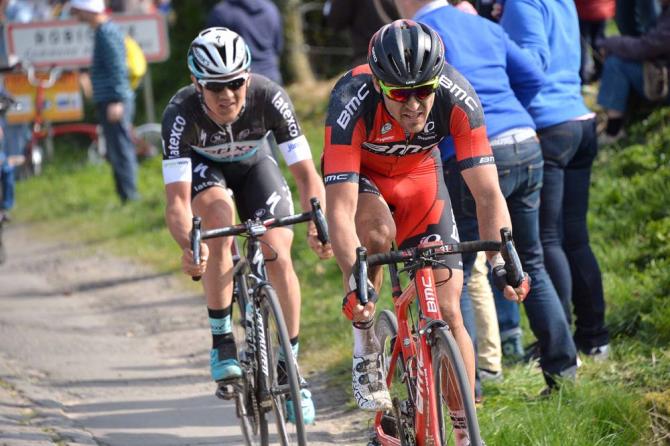
Photo: Tim De Waele/TDW Sport
A lot done, more to do for Team Sky
By Bernhard Eisel’s exacting metric, Team Sky’s spring was not a success. Speaking to Cyclingnews last year, the Austrian put it bluntly: “If you don’t win Flanders or Roubaix then you’ve had a shit classics campaign. That’s what it boils down to in the end.”
In that light, Sky’s 2015 spring was a disappointment and Eisel was certainly correct in his assertion that what happens at the Tour of Flanders and Paris-Roubaix wholly overshadows everything else that happens on the cobbles in any given spring. As impressive as Ian Stannard and Geraint Thomas’ wins at Omloop Het Nieuwsblad and E3 Harelbeke were, the spring of 2015 will be remembered for Alexander Kristoff and John Degenkolb’s Monument victories.
As the dust settled on Paris-Roubaix on Sunday afternoon, however, Sky directeur sportif Servais Knaven was keen to put a positive slant on the team’s cobbled campaign. “I think we can be happy: we won Nieuwsblad and E3 and we were 3rd in Kuurne, Gent-Wevelgem and De Panne,” he said. “Of course, the big monuments are always something else because it’s 60 kilometres more than the other races but that also gives us motivation for next year.”
Those extra kilometres certainly seemed to be at sizeable part of the problem. Sky dictated terms at the front of the bunch for the first 200 kilometres of the Tour of Flanders, for instance, but were marked absent in a finale where Thomas never made an impact and was unable to replicate his fine showing of the previous week in Harelbeke. Bradley Wiggins’ last hurrah at Paris-Roubaix ended with an 18th place finish. This was not the spring Sky had hoped for.
Yet unlike the disastrous campaigns of 2012 and 2013, Sky can take solace from their campaign, starting, of course, with Thomas and Stannard’s victories. While many scoffed at the end result of their efforts in Flanders, Sky at the very least showed themselves to be one of the most relevant collective forces at the classics – a contrast to their almost comically misjudged attempt to peg back Tom Boonen at the 2012 Paris-Roubaix. The quiet consistency of Luke Rowe – 8th at Paris-Roubaix – was a further plus.
All told, there was certainly progress on the cobbles for Sky in 2015 – but, as Kristoff and Degenkolb showed, they have still a long way to go. (BR)
What's eating Peter Sagan?
One lacklustre spring could be viewed as a blip, but two in succession suggest a deeper malaise. Peter Sagan’s was a curious classics campaign. There were occasional, fleeting moments of inspiration – his effort on the Oude Kwaremont at E3 Harelbeke, for instance – but, by and large, his performances were laboured and the results, at least by his standards, were disappointing.
Late collapses at Harelbeke and the Tour of Flanders told the story of his spring: Sagan’s base strength was sufficient for him to be in the mix in the finale of the toughest races, but he was entirely lacking the sparkle and lucidity needed to win at this level. He was fourth at both Milan-San Remo and Flanders, but in truth barely in the same ballpark as Degenkolb and Kristoff.
Off the bike, too, Sagan seemed an increasingly irritable figure this spring. Twelve months ago at Cannondale, his flippant dealings with the press were excused as the actions of a man understandably fed up of constant speculation about where he would sign at the end of the season, but his attitude hasn’t improved anything since signing with Tinkoff-Saxo – if anything, it has deteriorated.
Last year, Sagan’s disappointing spring (relatively – he still won E3 Harelbeke, after all) was blamed in part on his switch to being coached by Cannondale’s internal trainer Sebastian Weber. This time around, Tinkoff-Saxo owner Oleg Tinkov seemed to point the finger at Sagan’s current trainer, Bobby Julich. “I think it’s his responsibility or his fault, and it’s up to him to sort the problem,” Tinkov said. (BR)
For Sagan’s sake, one can only hope that behind closed doors, the responsibility for his travails isn’t as readily heaped entirely onto the shoulders of others.
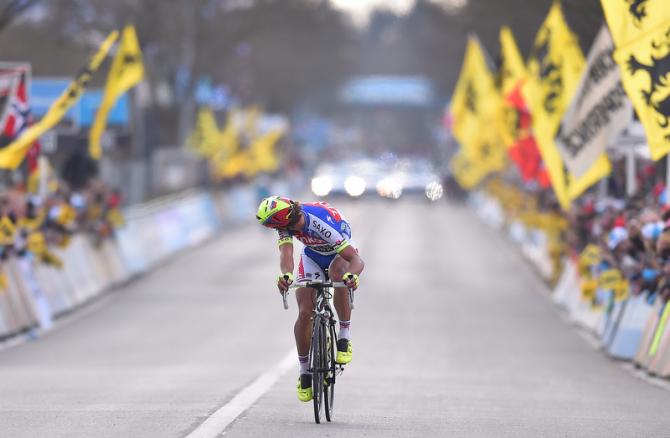
Photo: Getty Images Sport
A rule made to be broken?
Messrs. Van Petegem, Hoste and Gusev have reason to feel aggrieved on Monday morning. Nine years ago, that trio was disqualified from Paris-Roubaix after they rode through a level crossing after the lights had turned red. On Sunday, some 57 riders flashed through a closing level crossing shortly after the Arenberg Forest but escaped any punishment. The reason? There were simply too many of them for the commissaires to figure out who had transgressed. Go figure.
“In theory, those who pass when the barrier is down are thrown out of the race. This time, that would have been unjust in respect of those riders who weren’t identified,” head commissaire Guy Dobbelaere told AFP.
Instead, the race jury took the decision to neutralise the race temporarily to allow those who had been caught behind the level crossing to catch back up, and while the incident had next to no impact on the outcome of the race, it was a further instance – after the botched neutralisation on the Stelvio at last year’s Giro d’Italia – of a creative interpretation of the rules in a high-profile race.
Furthermore, given the recent concerns over rider safety amid extreme conditions, it didn’t go unnoticed that the level crossing was not adequately marshalled. As Gazzetta dello Sport pointed out, a representative of the race organisation and a commissaire ought to have been positioned at the level crossing. Instead, it was left to a lone gendarme to try to stem the tide of riders spilling across as the TGV approached.
What good are rules and guidelines on safety if they are not followed by commissaires and riders alike during probably the most dangerous race of the season?
The riders themselves are not without blame either, of course. In a spring marked by calls for an extreme weather protocol and in the same week that the peloton rightly protested against the perilous course lay-out at the Tour of the Basque Country, it was counter-productive to their cause for so many riders to risk life and limb by breaking a long-established rule to ride into the path of an oncoming train. (BR)
Van Avermaet Groundhog day(s)
This was supposed to be the year that Van Avermaet came of age in the Classics. The scene had been set with a strong start to the campaign in Qatar and the loss of both Boonen and Cancellara to injury only heightened the temptation for many to plumb for Van Avermaet as a leading contender.
Two podiums in Flanders and Roubaix are far from failures but they tell us little that we didn’t already know about the Belgian. He can mix it with the best and attack with purpose at the tail-end of races but the rider simply doesn’t win enough given the opportunities he creates for himself. Roubaix was just the latest example of this.
Having created the first incarnation of the winning move with Yves Lampaert, the BMC rider looked to be in a commanding position but with Degenkolb and then a host of other favourites making connection Van Avermaet’s quality was drowned out by others.
This of course doesn’t mean that the American squad should search for a new classics kingpin. Degenkolb hadn’t won a single Monument this time last month and Van Avermaet remains knocking on the door. The only problem is that there are others (many others) who are knocking even louder. (DB)
Alexander Kristoff's options
He may have finished tenth in Roubaix but the Norwegian has ended this campaign with his reputation duly enhanced, thanks, not just to his Flanders win, but a plethora of performances ever since his first race of the season Qatar. From the Middle East to Middelkerke, Kristoff has led the line in imperious fashion, never shirking responsibility or blame if the situation hasn’t unfolded in a favourable manner, and delivering a string of performances that saw him claim six races in nine days.
With Luca Paolini as a more than capable foil Katusha have transformed themselves from plucky underdogs in the classics into a leading superpower.
It all bodes so well for the team but the fact that the squad’s future is uncertain beyond 2015 and that Kristoff is in his final year with the team only heightened the fact that rival squads will come calling in next few weeks and months.
Cyclingnews understands that the team will likely continue and that the management are understandably keen on retaining their star Classics man for the foreseeable future but Kristoff holds all the cards when it comes to negotiations. (DB)
Vanmarcke's lack of luck
MIA in the Tour of Flanders, Paris-Roubaix represented Vanmarcke’s last chance to salvage something from a spring that has only disappointed with top ten places in E3, Omloop and Gent-Wevelgem scant consolation for a rider of his class.
However the LottoNL-Jumbo rider cut a disconsolate figure as he came to a halt in the velodrome on Sunday. Once again, as with Van Avermaet, the rider had the legs and the willing team to support him but only regret and loss were to be found at the end of another Classic.
This time a puncture robbed Vanmarcke of the opportunity, coming at possible the worst time too. His aggression on the Bourghelles à Wannehain was there for all to see, making his immense slice of bad luck all the more unpalatable for those cheering for the Belgian.
On a wider note the Dutch team are still without a win all season, the only WorldTour team to find themselves in such a predicament. The Ardennes loom large, and Amstel Gold in particular – a result there and the disappointment of the cobbled campaign can be forgotten. (DB)
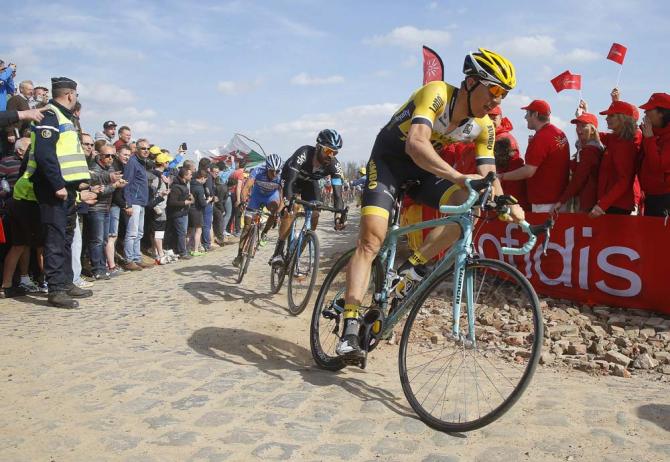
Photo: Bettini Photo